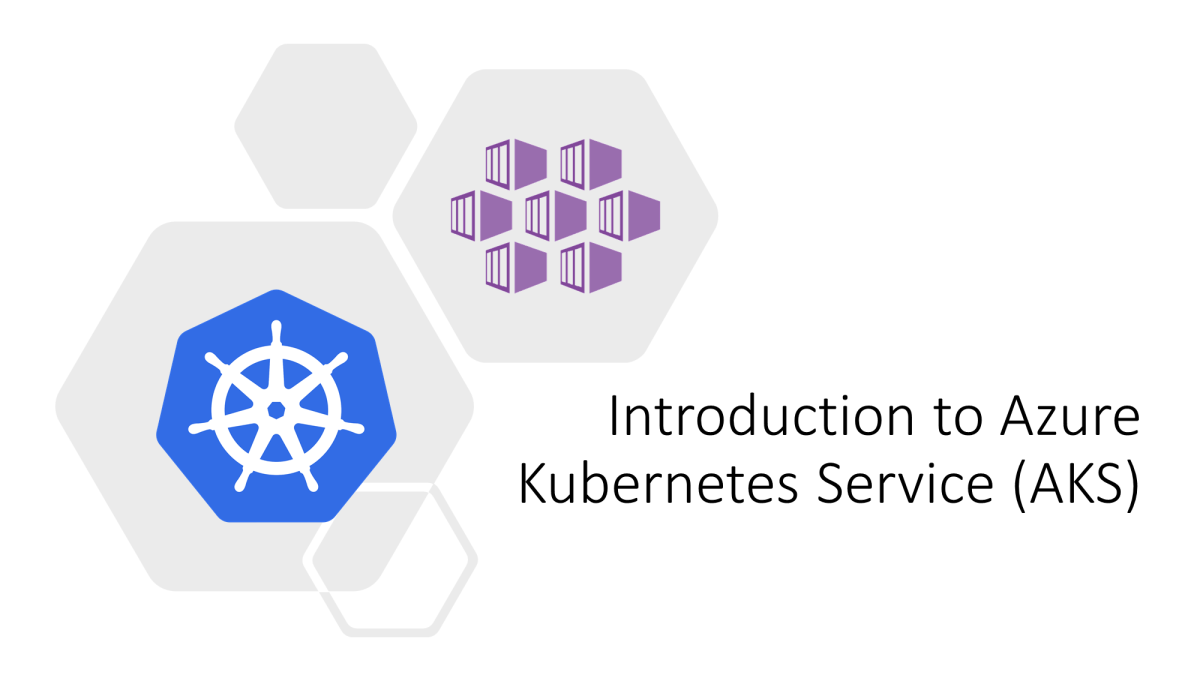
CQRS (Command Query Responsibility Segregation) and MediatR are popular patterns and libraries in .NET for handling complex application requirements. Here’s a comparison of both:
What is CQRS?
CQRS is a pattern that separates read and write operations into different models. This allows optimizing each model for its specific task:
- Command Model: Handles write operations (commands).
- Query Model: Handles read operations (queries).
Benefits of CQRS:
- Scalability: Allows you to scale read and write operations independently.
- Performance: Optimizes query performance by separating concerns.
- Flexibility: Enables more complex query logic and data transformations.
Challenges of CQRS:
- Complexity: Increases the complexity of the system design and architecture.
- Consistency: Requires careful handling to ensure data consistency across different models.
What is MediatR?
MediatR is a library that implements the Mediator pattern, which facilitates communication between components by sending messages (commands, queries, events) without direct coupling between them.
Benefits of MediatR:
- Decoupling: Reduces direct dependencies between components.
- Simplicity: Simplifies handling commands and queries through a single mediator.
- Ease of Use: Easy to integrate with existing .NET projects.
Challenges of MediatR:
- Overhead: Adds an additional layer of abstraction that may introduce some overhead.
- Debugging: Can make debugging more complex due to the indirection introduced by the mediator.
CQRS vs MediatR:
- CQRS: Focuses on separating read and write operations, often requiring more complex infrastructure and design.
- MediatR: Focuses on decoupling components through a mediator, and can be used to implement CQRS patterns effectively.
Example with CQRS and MediatR:
public class CreateUserCommand : IRequest<User>
{
public string Name { get; set; }
}
public class CreateUserCommandHandler : IRequestHandler<CreateUserCommand, User>
{
private readonly IUserRepository _userRepository;
public CreateUserCommandHandler(IUserRepository userRepository)
{
_userRepository = userRepository;
}
public async Task<User> Handle(CreateUserCommand request, CancellationToken cancellationToken)
{
var user = new User { Name = request.Name };
await _userRepository.AddAsync(user);
return user;
}
}
Further Reading:
Conclusion:
CQRS and MediatR are powerful tools for building scalable and maintainable applications. Understanding their differences and how to use them effectively can greatly improve your .NET applications. By leveraging the strengths of both patterns, developers can create systems that are both robust and flexible, capable of handling complex business requirements with ease.


